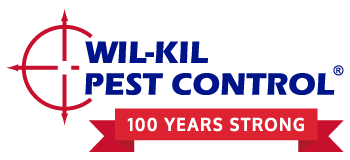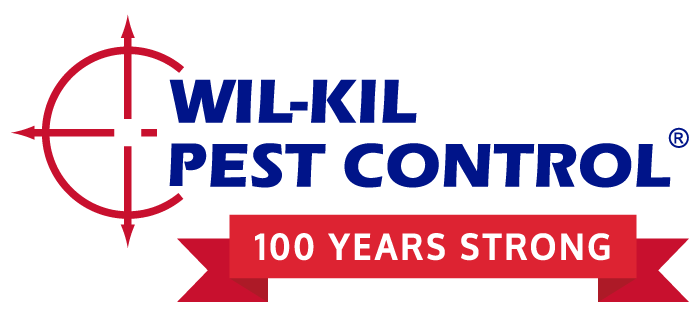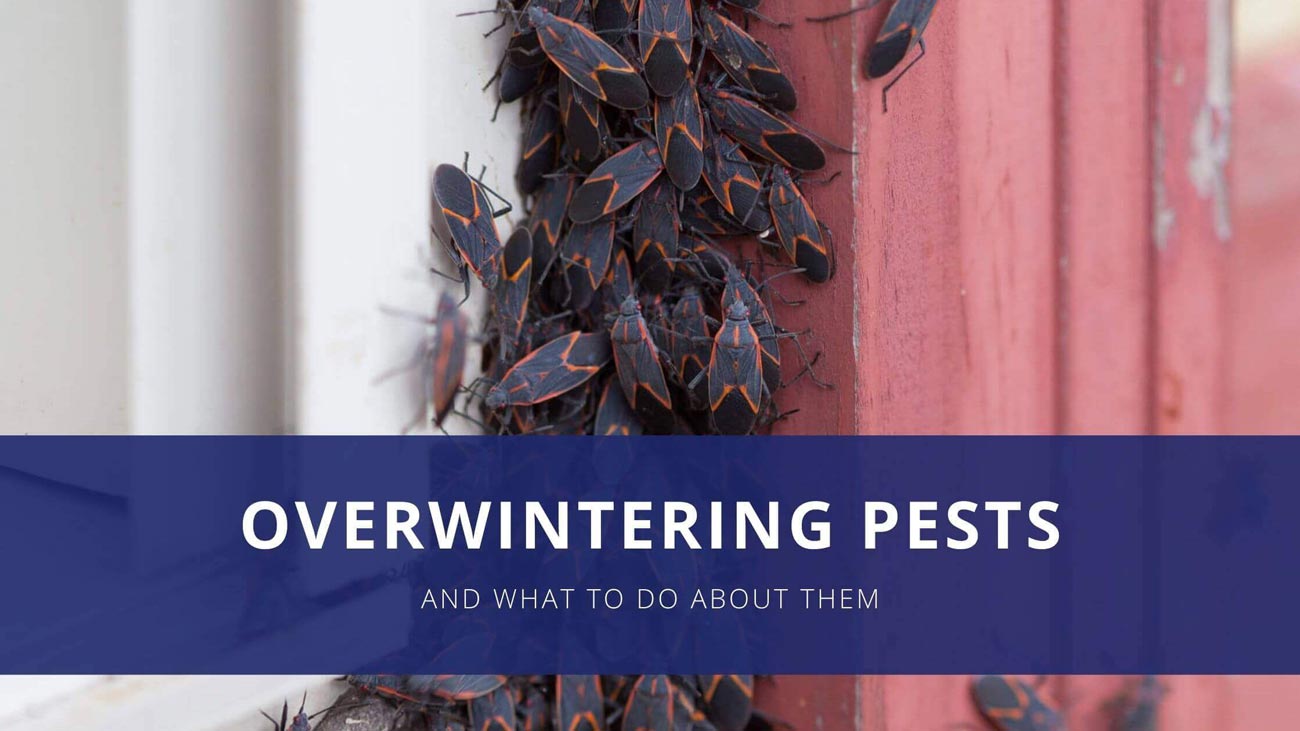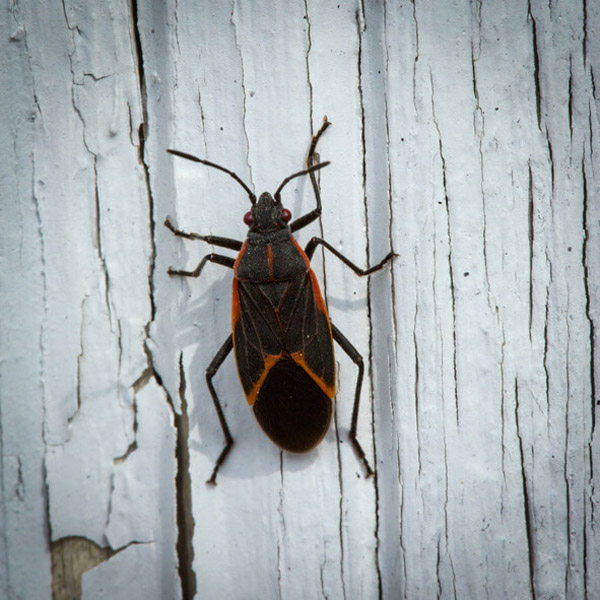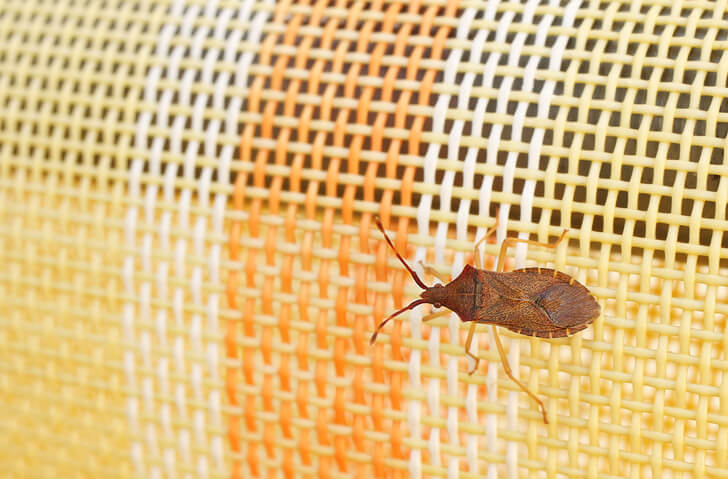As the weather starts to warm and summer days are on the horizon, the last thing you want to worry about is a pest invasion in your home. During winter months, pests seek shelter indoors and are sometimes not found until they begin to retreat back outside in the spring. Because of their habits, many people seek help with overwintering pests in the spring, but really the best time to prevent them is in fall.
Get A Free Quote
What Does Overwintering Mean?
So what exactly does “overwintering” mean? This term is frequently used to refer to the hibernation by insects to survive cold temperatures. Pests can overwinter in a variety of ways including migrating south, burrowing underground, or seeking shelter among debris or in warm heated areas such as greenhouses and homes. As temperatures drop in the winter, pests head indoors through cracks and crevices and take residence in walls, ceilings, and crawl spaces. Once warm weather hits, these pests will emerge from their winter hibernation, which means you may have the misfortune of finding an infestation come springtime.
Common Pests That Hibernate Indoors
A majority of the pests that overwinter indoors aren’t a risk to your health and home. However, as harmless as they are, they’re still a nuisance to have around. Here’s how to identify the ones making their way outside as winter comes to a close:
Boxelder Bugs
Boxelder bugs get their name from their typical homes, boxelder trees. These pests are black with red or orange marks on their backs. Adult boxelder bugs have a body shape that is elongated, flattened, and oval about half an inch long. They have six legs and two antennae. Boxelder bugs are found across the United States and are largely considered nuisance pests. They don’t bite, transmit diseases, or cause damage, however, their feces can stain light-colored materials.
Multicolored Asian Ladybugs
While ladybugs are often seen as beneficial since they live outdoors and feed on plant pests, they can quickly become a nuisance indoors, emitting an acrid odor and staining surfaces with their yellow-colored secretions when disturbed. Multicolored Asian Lady Bugs are oval, convex, and about ¼ inch long. Their color can range from tan to orange to red with spots on their backs, although these may be absent. Ladybugs do not transmit diseases, however, infestations can cause allergies in some individuals, from eye irritation to asthma.
Leaf-Footed Pine Seed Bugs
Leaf-footed pine seed bugs are a common nuisance pest in the midwest that emerges during late winter and early spring months. Pine seed bugs are a dullish brown or red color with an elongated body that gives the appearance of being pointed on both ends. These pests don’t bite or transmit diseases and spend the summer months living on pine trees and feeding on sap before making their way inside homes for the winter.
Brown Marmorated Stink Bugs
Brown Marmorated Stink Bugs release a foul odor when crushed. They are shield shaped with a pointed bottom end and rounded shoulders.These bugs are brown in color and have alternating brown and white stripes on their antennae and abdomen. Most of their summers are spent in gardens causing damage to corn, tomatoes, grapes, apples, and other plants as they use their straw-like mouthparts to puncture and drink juice from these plants. Physical removal is key to addressing these pests. Use a vacuum to pick them up and then immediately throw away the bag or dispose of them in a soapy bucket of water.
Cluster Flies
Cluster flies can be easier to identify because they tend to overwinter in large clusters in attics and upper walls of homes and buildings. They’re black and a little larger than normal house flies, ranging in length from ⅜ to ½ inch long. These flies have short, yellow hairs on their thorax and their wings overlap while they’re at rest. During summer months, cluster flies spend their time outdoors and are found near the ground feeding on plant sap, flower nectar, and other organic materials. If you own a summer home that you’re away from during winter months, you may return in the spring to piles of dead flies during the time they usually emerge.
How to Prevent Overwintering in Your Home
Pests that overwinter indoors typically aren’t harmful and won’t cause damage to the structure of your home, they’re simply moving in during the fall to seek shelter from cold, snow, and harsh winds. However, they are still a nuisance to have around.
The first step in preventing pests from overwintering is to carefully inspect the exterior of your house or business in fall, and identify any potential entry points they may use to get in. Some of these areas include:
- Window Frames – Windows are usually sealed on the top and sides to prevent water from getting in but many times the bottoms aren’t caulked at all. Use silicone or silicone-latex caulk to make sure there are no cracks around windows while also checking that screens are secure and free of any rips or tears.
- Utility Openings – Anywhere there’s an opening such as vents, pipes, cables, or fuses, is an easy way for pests to make their way indoors, no matter how small. In addition to caulk, use steel wool or other flexible material to stuff and block these openings.
- Soffit and Attic Vents – Soffit and attic vents should be backed by a secure screen. Make sure there are no rips, tears, or bites in the screen that would allow bats, rodents, or insects to find their way into these areas.
- Brick and Mortar Joints – The joints between bricks are lower on the face of the bricks and can cause a space when flat elements are laid across them like siding or molding. These gaps should be filled with a sealant.
In addition to the common areas of entrance noted above, make sure debris is cleared from your gutters and sweep straw, mulch, and bark at least six inches from the foundation of your home. While it’s not possible to completely eliminate pests from overwintering in your home, taking preventative measures in the fall is your best defense in keeping them at bay.
Call Wil-Kil Pest Control for Your Pest Control Estimate
Because many homeowners aren’t aware of an overwintering pest problem until spring when they emerge, it seems like the damage is already done when spring rolls around. But with help from the experts and Wil-Kil, we can help you control the number of overwintering pests in your home and return in the fall to help you prepare and prevent them from staying over another season. Our Pest control specialists will inspect your home, find entry points, and protect you against a possible infestation. Our total home inspection plan includes a 20-point inspection and customized treatment to address any entry points pests may find into your home. This plan includes treatment to prevent more than 20 types of pests from entering your home. Plus, our Wil-Kil satisfaction guarantee.
Don’t spend your spring fending off sneaky overwintering pests, contact the experts at Wil-Kil and schedule your free consultation today. Whether your springtime foes are boxelder bugs, stink bugs, ladybugs, and some other pest, we’ll help you evict them from your home!
